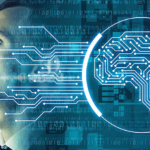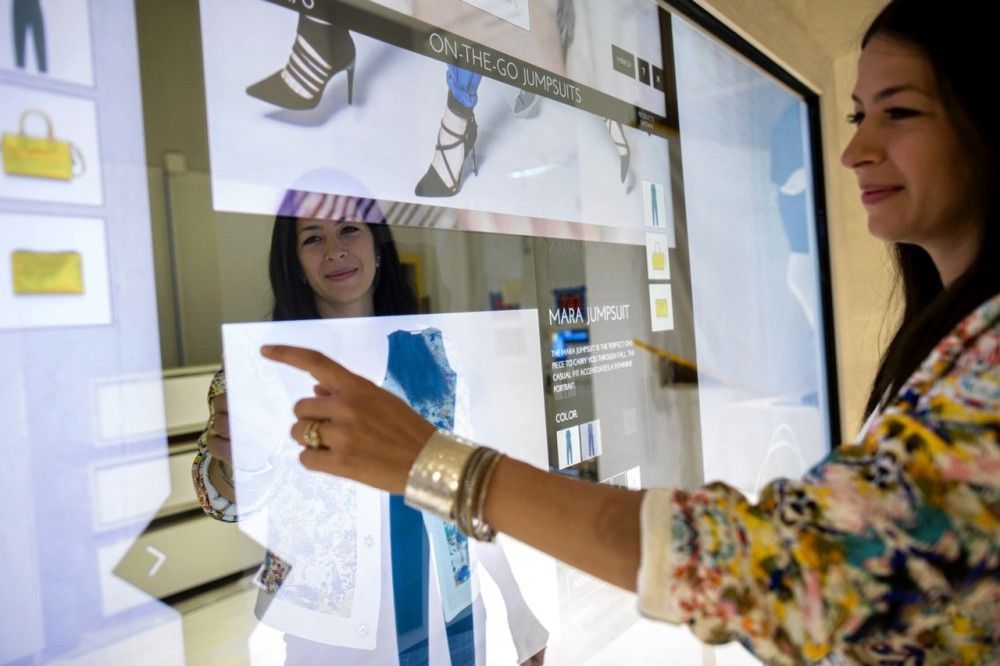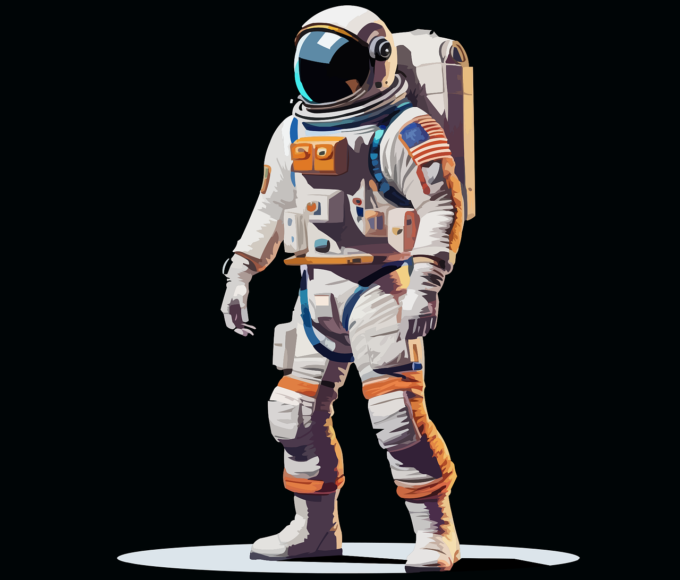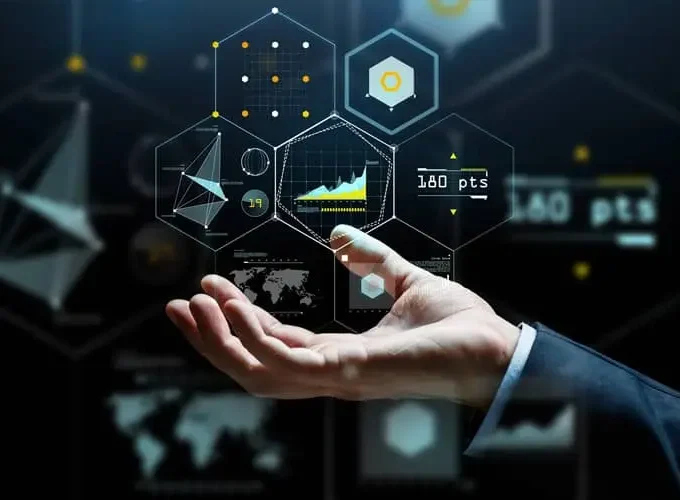In recent years, the retail industry has undergone a transformative journey, thanks to the rapid advancements in technology. One of the most significant technological revolutions shaping the retail landscape is the Internet of Things (IoT). By integrating IoT technologies into retail environments, businesses have unlocked new opportunities to enhance customer experiences, optimize operations, and drive growth.
IoT and Its Impact
The Internet of Things refers to the network of interconnected devices that can communicate and exchange data with each other via the internet. In the context of retail, IoT involves the integration of various smart devices, sensors, and data analytics to create a seamless and personalized shopping experience for customers while improving the efficiency of retail operations.
Enhanced Customer Experience
One of the key drivers behind the adoption of IoT in retail is the ability to offer customers a highly personalized and engaging shopping experience. IoT-enabled devices such as beacons, RFID tags, and smart shelves allow retailers to gather valuable data about customer preferences, behaviours, and movement within the store. This data can be used to send personalized offers, recommendations, and promotions to shoppers’ smartphones, enhancing their overall shopping journey.
Imagine walking into a store and receiving real-time notifications about discounts on products you’ve previously shown interest in or receiving navigation assistance to find items on your shopping list. These scenarios are becoming a reality due to the integration of IoT technologies.
Optimized Operations
Beyond the customer experience, IoT has proven to be a game-changer in optimizing retail operations. Smart inventory management systems equipped with RFID tags can track stock levels in real time, reducing stockouts and overstock situations. This not only improves the availability of products but also streamlines the supply chain and minimizes wastage.
Predictive analytics powered by IoT data can help retailers forecast demand more accurately, enabling them to plan inventory, staffing, and marketing campaigns effectively. Moreover, IoT-enabled devices can monitor equipment health, such as refrigeration units or checkout systems, and trigger maintenance alerts before issues become critical. This proactive approach to maintenance reduces downtime and enhances operational efficiency.
Smart Retail Environments
Smart retail environments encompass a range of IoT-enabled technologies that work together to create an immersive and efficient shopping environment. These environments leverage technology to provide a holistic experience that seamlessly integrates physical and digital aspects of retail.
Smart mirrors in fitting rooms, for example, can display additional product information, suggest complementary items, and allow customers to request different sizes or colors without leaving the room. Digital signage throughout the store can dynamically adapt based on factors like time of day, foot traffic, and customer demographics, promoting relevant products and offers.
Challenges and Considerations
While IoT offers immense potential for retail, its implementation comes with challenges. Security and privacy concerns are paramount, as the increased connectivity also means an increased risk of data breaches. Retailers must ensure robust cybersecurity measures to protect both customer data and their own operations.
The integration of IoT requires upfront investment in hardware, software, and training. Additionally, managing the vast amounts of data generated by IoT devices can be overwhelming without proper data management strategies and analytics tools.
The marriage of IoT and smart retail environments has ushered in a new era of retail innovation. It goes beyond just making shopping convenient; it’s about creating memorable and personalized experiences for customers while streamlining operations for retailers. As IoT continues to evolve, its impact on the retail industry will undoubtedly reshape how consumers shop and how businesses operate.
To stay competitive, retailers must embrace the power of IoT and smart environments to drive growth and redefine the retail landscape.
















Leave a comment